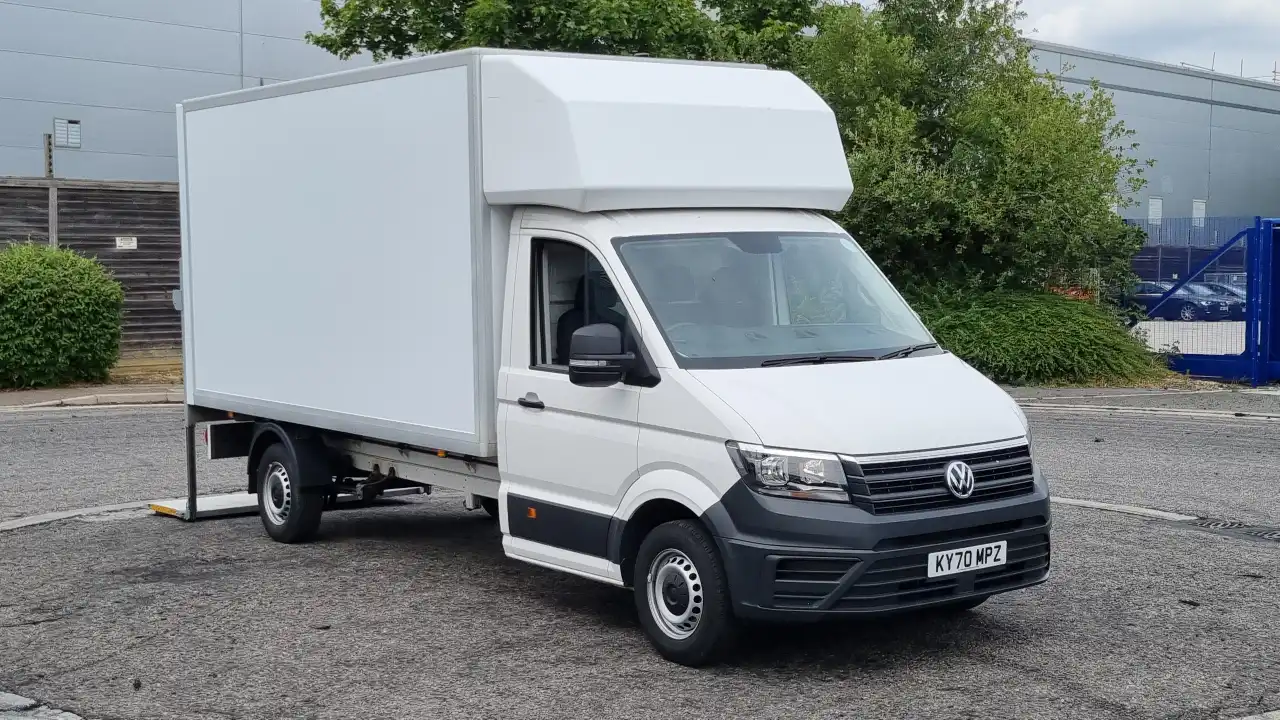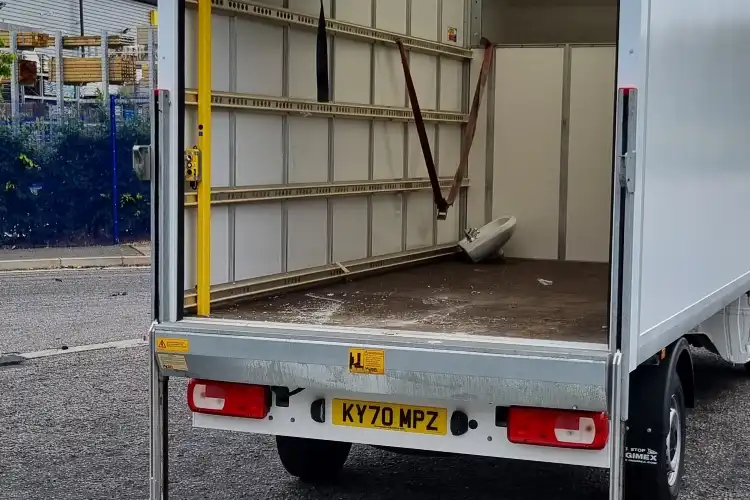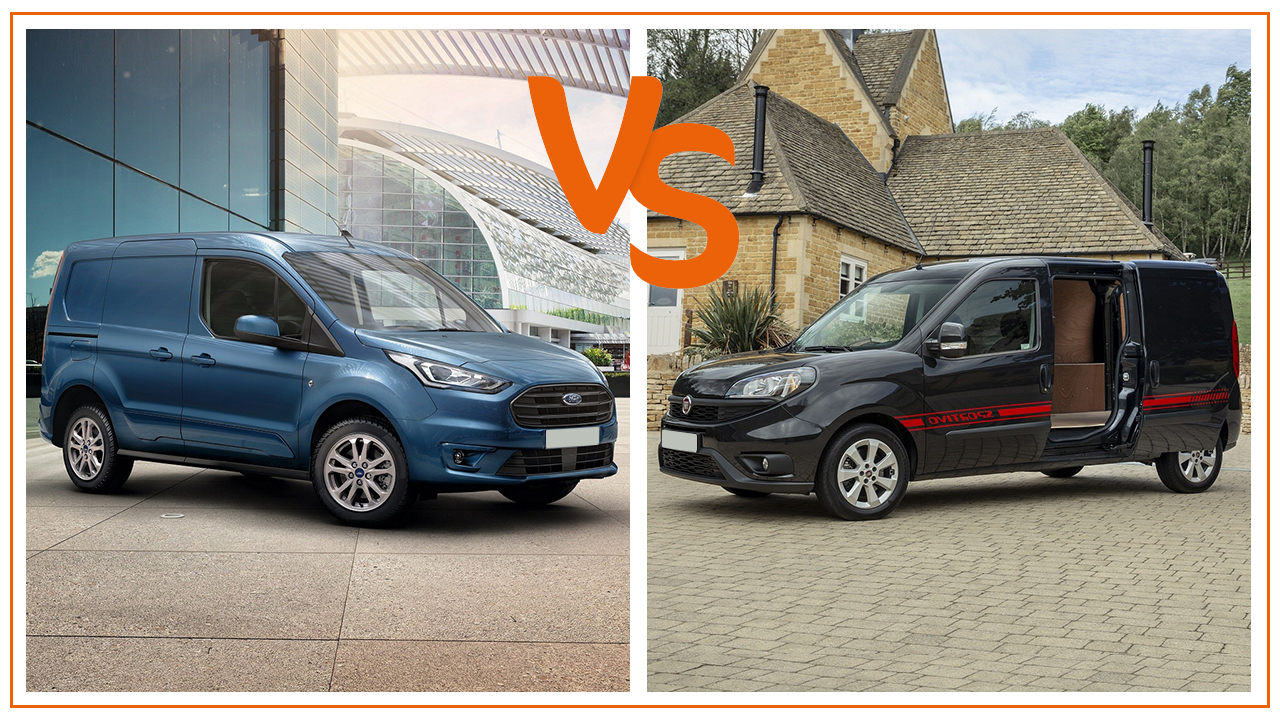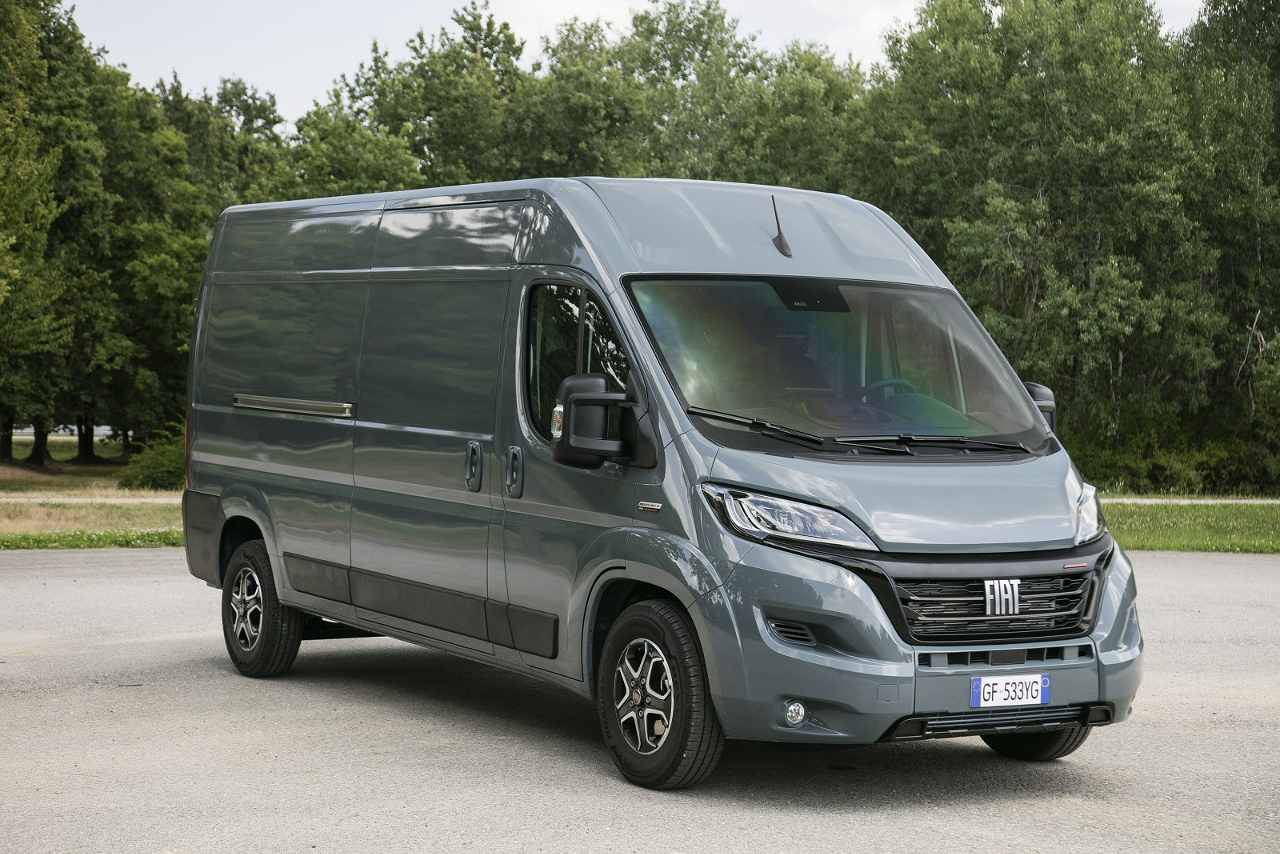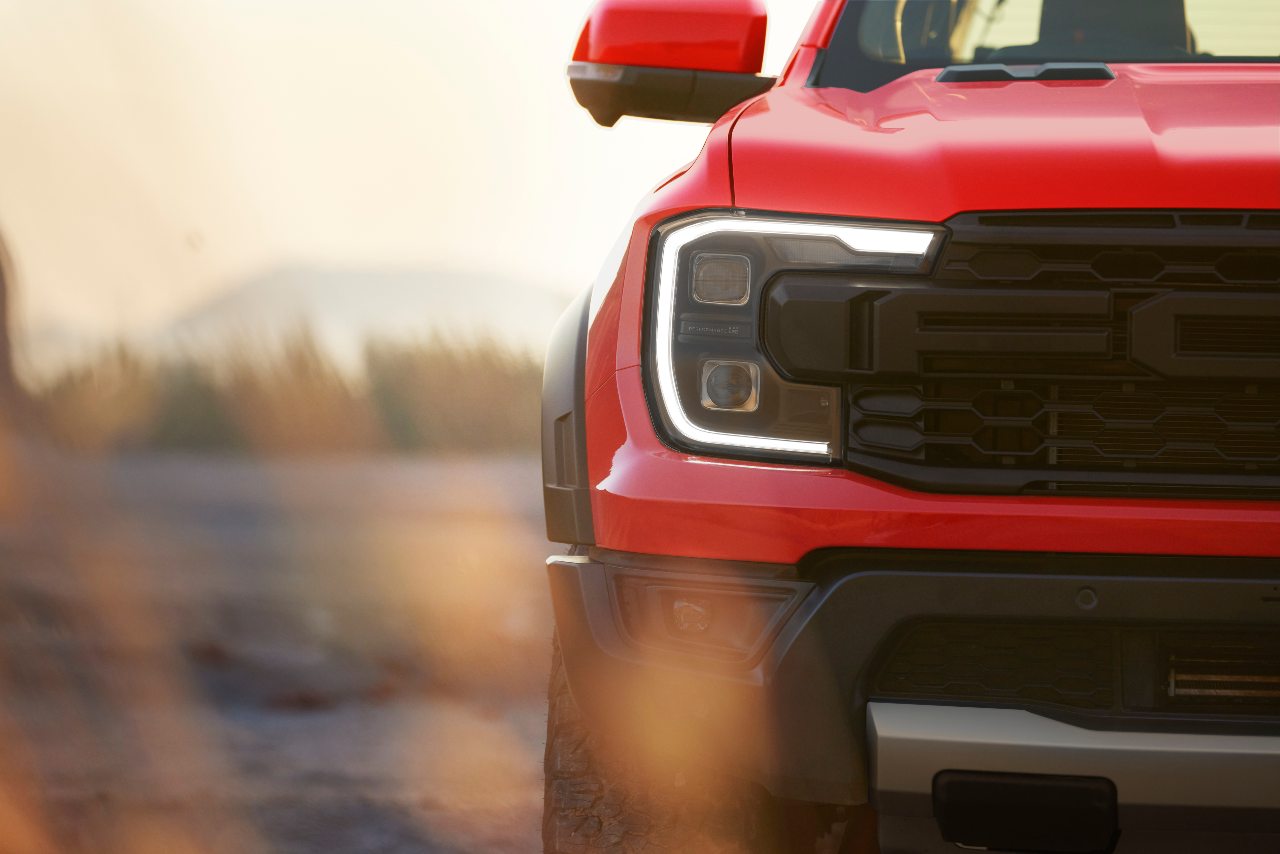By Tom Roberts
If you’re wondering what a Luton van is, they’re those big, box-shaped, truck-like vans that turn up at your home delivering your new washing machine or sofa - usually a conversion of a Mercedes-Benz Sprinter or a Ford Transit. But, there are other less well-known but very capable Luton vans out there, which is why Vanarama Van Expert Tom Roberts has taken a look at the Volkswagen’s version, the Crafter Luton, which is very impressive indeed.
Most van manufacturers now offer ‘conversions’ as official products, appearing on their price lists as completed vehicles and supplied to end users via main dealers with a single warranty. Volkswagen is no exception, offering Dropside, Tipper and Luton conversions of the Crafter large van, previously under the ‘Engineered To Go’ marketing banner (although this seems to have been quietly dropped).
Volkswagen, unlike some other manufacturers, makes no secret of the fact that their bodies are designed and built by a third party, in this case Shropshire-based conversion house Ingimex, a company with a long-standing reputation for supplying quality products.
There are just 4 versions of the Crafter Luton available, all using the same body with identical dimensions, built onto the standard long wheelbase chassis cab. Your choice will boil down to whether or not you need a tail lift (a wise option for many) and your preference for manual or automatic transmission.
What Is The Specification Of The Chassis Cab?
Like it or not, your Crafter will come with the 140PS 2.0TDi diesel engine which usefully drives the front wheels, allowing the body to be mounted as low as possible, aiding the centre of gravity and minimising the load height (especially useful for those who decide against the tail lift option). The 6-speed manual gearbox can be substituted for an 8-speed automatic unit. The Crafter Luton is blessed with an enhanced chassis package which includes up-rated suspension, reinforced stabilisers and a heavy-duty front axle.
Volkswagen has elected to only offer the Crafter Luton in the entry-level Startline trim, although there’s a lengthy option list should you decide that you need a few more ‘bells and whistles’. The cab is comfortable and modern, with plenty of open storage compartments including a lower dash tray for longer items. Volkswagen claims that the glovebox is the largest in its class, and the door bins will take the mandatory 1.5 litre drink bottle. Always handy when you’re on the go!
DAB radio with a 5-inch display and USB socket, together with Bluetooth connectivity, are included. Safety and driver assistance aids are plentiful, including a driver alert system, electronic brake assist, a load-adjusting ESP facility, front assist with city emergency braking, and a parking brake with hill hold assist.
Almost all manufacturers are now including on-board connectivity, and Volkswagen is no exception. ‘We Connect’ utilises an integrated eSIM card and allows the driver to summon roadside assistance with the press of a button, the call handler is then able to see the exact location of the vehicle. There’s a ‘Parking Position’ feature which, in conjunction with a mobile app allows the driver to locate their van should they forget where it’s parked, will push ‘service due’ data to the local dealer who will proactively call the driver to arrange a service visit.
What Are The Crafter Luton’s Main Features?
Constructed from lightweight materials, such as GRP and aluminium to maximise available payload, the internal sides have 4 levels of horizontal lashing rails allowing full flexibility for all sizes of loads. Optional telescopic poles slot into these rails, preventing dangerous and damaging movement of larger and more heavy cargo items.
There’s a smooth rear shutter door with a strap to allow easy closing, and a rear footstep allowing entry to the cargo space. A 360 degree rotating spotlight aids loading and unloading in poor light conditions. The tailift option is a Palfinger column type with a 913mm deep platform and it’s capable of lifting loads up to 500kg in weight. The power supply for the platform is located in the cabin - when turned on, it emits a powerful constant squeak so you don’t forget to turn it off. Releasing and stowing the platform is light work, mostly handled by the lift’s mechanism.
What Are The Crafter Luton’s Measurements?
The beauty of a Luton body compared to a standard panel van is that there are no wheelarch intrusions and the floor is completely free of any obstructions. The Crafter Luton has an internal length of 4119mm, a width of 2100mm, and a height of 2120mm (don’t forget that the rear door aperture is slightly less than this because of the door housing).
Payloads with the manual transmission are 893kg without the tail lift option, 740kg with (auto transmission drops these figures by 32kg). Not too many Luton operators choose to tow, but if you need to the Crafter Luton has 3000kg of capacity, although the Gross Train Weight of 6000kg means that you’ll only have 2500kg of towing capacity if the van is fully laden.
What Are The Crafter Luton Running Costs, Fuel Consumption, Warranty & Service Intervals?
A Luton is never going to be the best van for fuel economy - they’re big vehicles with a large frontal area, and although the aerodynamic Luton head will help, fuel costs will always hurt a bit. Volkswagen quotes 2 figures for the WLTP combined cycle, a best case scenario seeing 28.8mpg for the manual van, and a worst case of 24.6mpg.
The entire vehicle, including body and tail lift, carry a 3-year unlimited mileage warranty. Officially, the service intervals are a maximum of every 30,000 miles, the actual period is dictated by the onboard computer which, depending on how you use the van, will generally suggest a service much sooner.
How Does The Crafter Luton Compare To Other ‘Off-The-Shelf’ Lutons?
Ford Transit Luton: Probably the best known is the Ford ‘One Stop Shop’ factory’s Transit Luton, the body of which has been built by Southampton-based firm VFS for many years.
Currently, Ford offers the Transit Luton in 2 lengths, L3 and L4, and you’ve got the choice of front wheel drive coupled to a 130PS 2.0 litre ‘EcoBlue’ diesel engine, or rear wheel drive with a 170PS unit (the front wheel drive configuration allowing for a 6-speed automatic transmission option in lieu of the standard 6-speed manual gearbox). Like Volkswagen, Ford only offers the Luton in the basic, entry-level trim, with the equipment level for Leader being roughly on a par with the Crafter.
Ford’s L3 is shorter than the Crafter, with a load length of 3490mm, and the L4 is more comparable at 4090mm. Width and heights of 2025mm and 2200mm respectively on both vans are on a par with those of the Volkswagen but payload on the Transit is a little higher, the L4 having not far short of 1000kgs of carrying capacity.
Mercedes-Benz Sprinter Luton: Mercedes-Benz, under the ‘Ready To Work’ strapline, offers the customer a choice of 3 body suppliers (which is unique). Well known names VFS and JC Payne are joined by PPS Commercials who all build bodies on a Sprinter 315 L3 rear wheel drive chassis cab. This Sprinter has a 150hp 2.0 litre diesel engine with a 9-speed automatic option over the standard 6-speed manual unit. Once again, there’s just the single basic trim level option.
The construction of these bodies varies but dimensions are broadly similar, providing between 4080mm and 4200mm of load length, 2025mm to 2140mm of width, and heights of 2210mm to 2240mm. Payloads are similar to the Crafter, all hovering around the 750kg mark.
Citroen Relay Luton: ‘Ready to Run’ – that’s what Citroen has called their ‘off the shelf’ convertor programme - use the L3 and L4 Relay chassis cabs as a base for their Luton. Once again there’s just the single trim level and just one engine option, the BlueHDi 140PS unit mated to a mandatory 6-speed manual gearbox.
Citroen also uses Ingimex as a supplier, and the body on the L3 measures 3480mm long, 2057mm wide and 2235mm high (all measurements are internal). L4 increases the length to 4150mm and height to 2390mm - these dimensions are highly comparable to those of the Crafter. And payload-wise, these vehicles offer a generous 1147kg for the L3 and 979kg for its longer sibling.
Tom’s Takeaways
As you can see, the Crafter Luton has some stiff competition, but those wanting a bit of VW refinement will be happy to see that even in Luton format the Crafter’s charms are left intact. In terms of practicality, the Crafter has a decent payload and a flexible cargo area with the excellent tail lift option.
Ultimately, you’ll go for the Luton that makes most sense for your business needs - the Crafter Luton is just another option on the list. But it’s one that comes with everything the VW usually delivers on - style, comfort and capability. That’s a triple-threat right there!
If you’re looking to lease a new Volkswagen Crafter, check out our best leasing deals on the Crafter range page.

